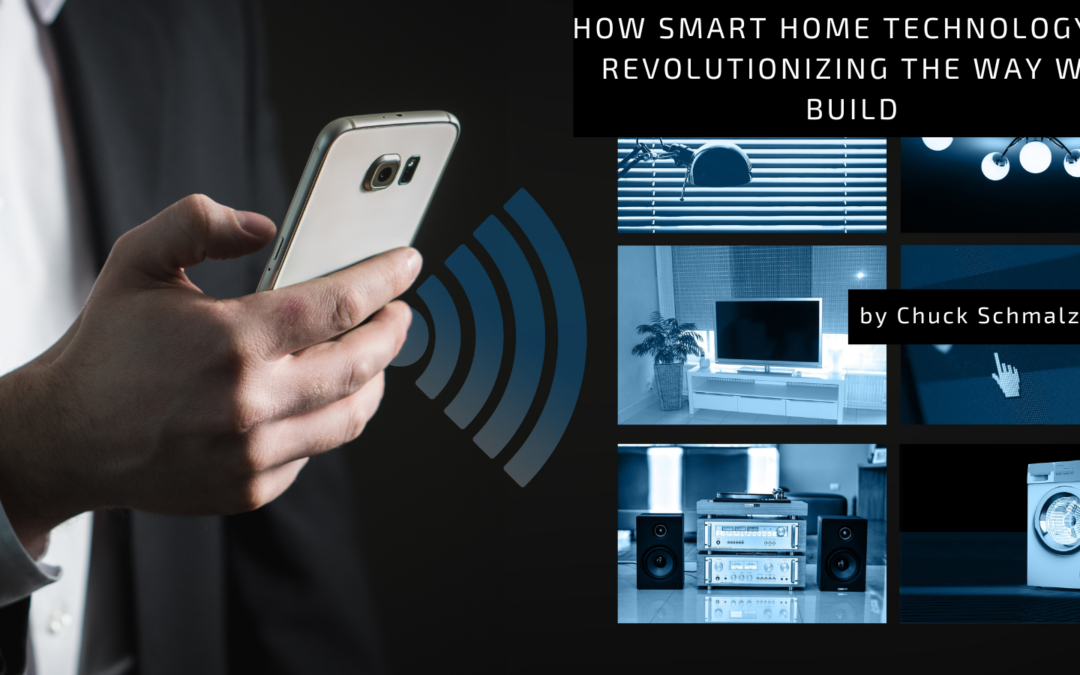Integrating smart home technology is not just changing how we live; it’s also reshaping the foundations of how we build our homes. From the initial planning stages to the final touches, innovative technology is becoming integral to the construction process, ushering in a new era of efficiency, sustainability, and connectivity.
At the forefront of this revolution is the “smart home.” Smart homes leverage interconnected devices and systems to enhance living spaces’ overall functionality, comfort, and energy efficiency. In the construction phase, this translates into incorporating intelligent building technologies that lay the groundwork for a seamlessly connected home.
One key aspect of smart home construction is Building Information Modeling (BIM). BIM allows for the creation of detailed 3D models encompassing every building aspect, from its structure to its systems. This technology facilitates better collaboration among architects, engineers, and contractors, resulting in more accurate planning and reduced construction errors. BIM’s ability to simulate various scenarios and optimize designs contributes to more sustainable building practices.
Innovative construction sites are also becoming more prevalent, leveraging the Internet of Things (IoT) to enhance safety, efficiency, and communication. Wearable devices and sensors provide real-time data on workers’ health and environmental conditions, ensuring a safer working environment. Drones equipped with cameras and sensors are used for surveying and monitoring construction sites, offering a bird’s-eye view that aids in project management and progress tracking.
As buildings shape, the focus shifts to integrating smart home automation systems. These systems allow homeowners to remotely control various aspects of their homes, from lighting and heating to security and entertainment. Implementing innovative HVAC systems, energy-efficient lighting, and automated shading increases comfort and contributes to significant energy savings.
Smart home technology is also influencing the choice of construction materials. For instance, integrating solar panels and energy storage systems is becoming a standard feature in eco-friendly smart homes. Sustainable building practices, coupled with intelligent energy management, result in homes that are not only connected but also environmentally conscious.
In conclusion, the revolution sparked by smart home technology extends its reach into the fabric of our living spaces. Innovative technology is redefining the construction landscape from the inception of a building project with advanced modeling techniques to the final stages of creating a fully connected and efficient home. As the demand for smart homes continues to rise, the construction industry’s adoption of these technologies will play a pivotal role in shaping the future of our built environment.


